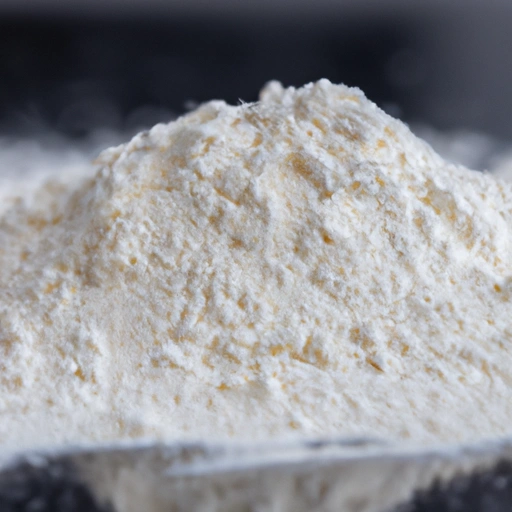White Flour
Description

White flour, a finely ground powder from the endosperm of wheat grains, is a fundamental ingredient in global cuisines. Its versatility makes it a pantry staple for bakers and cooks alike. Available in various grades, the most common type used in home kitchens is all-purpose flour, which is suitable for a wide range of recipes. Precisely measured in cups (American unit) or grams (European unit), white flour provides structure and texture to baked goods.
Common uses
White flour is commonly used as a thickening agent in sauces and gravies, as a coating for fried foods, and as the primary ingredient in bread, cakes, cookies, pastries, and pasta. It's also employed to create roux, batter, and dough for countless culinary applications.
Nutritional value
Calories
Per 100 grams, white flour contains approximately 364 calories.
Protein
It offers about 10 grams of protein per 100 grams, contributing to daily protein intake.
Fat
White flour is low in fat, with only 1 gram per 100 grams.
Carbohydrates
It is rich in carbohydrates, providing about 76 grams per 100 grams.
Vitamins
While processing strips away most vitamins, enriched white flour may contain added vitamins like folic acid and B vitamins.
Minerals
The flour might also be fortified with minerals such as iron and calcium.
Health benefits
Enriched white flour can contribute to energy production from its carbohydrate content and may support muscle function from its protein content.
Potential risks
Overconsumption of white flour can lead to weight gain and blood sugar spikes. It lacks fiber and may contribute to digestive issues and increased risk of chronic diseases when not consumed as part of a balanced diet.
Common recipes
White flour is used in a variety of recipes including breads, cakes, and pastries. It is also the base for pizza dough, fresh pasta, and thickening soups or sauces.
Cooking methods
It can be used in baking, frying, boiling, and steaming.
Pairing with other ingredients
White flour pairs well with other staple ingredients like eggs, sugar, yeast, and butter, as well as with various flavorings and spices.
Summary
White flour is a highly versatile and widely used baking ingredient. It is integral to numerous traditional and modern recipes, though it should be consumed in moderation due to potential health risks associated with its low fiber and nutrient content. Nonetheless, white flour remains a key component in cuisines worldwide and a foundational element for many beloved dishes.